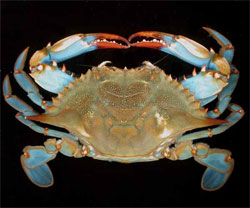I am chairman of the electoral college of the
Vintners Hall of Fame. Soon after taking the position in 2007, I helped developed its voting procedures, bylaws, etc. There's probably nobody in America currently more involved with the creation and changing of Hall of Fame standards than I am.
The National Baseball Hall of Fame was a huge inspiration for us. It's easily the most successful and important Hall of Fame in the world. People don't get anywhere near as passionate about the football Hall of Fame or basketball Hall of Fame.
Unfortunately the Baseball Hall of Fame has lost its way. This year, the strongest ballot of the last 75 years went to voters. It included the all-time home run leader, the best pitcher of our generation, the best-hitting catcher ever, an All-American guy with 3000 hits, and more.
Who got in? Nobody was elected. The Veterans Committee put in three obscure guys: A catcher who played before gloves were invented, and an owner and umpire who retired before television was invented. All three have been dead for more than 74 years. It's hard to imagine anyone going to Cooperstown, New York to see them inducted.
One thing I've learned at the VHF is that you can put great candidates in front of a group of voters, but you can't make them choose them. I thought Robert Parker belonged from the beginning but he wasn't elected until last year. Our entire nominating committee thought Eugene Hilgard was the single most important person not in the Hall for several years, but his work came nearly a century ago and voters kept ignoring him. So we created our version of baseball's Veterans Committee and put him in.
And we stopped there. We didn't usher in 30 19th century vintners that nobody today has heard of.
More importantly, we've never stopped inducting deserving candidates from the present. We don't allow individual voters to say, "All today's wines are on steroids. I'm sending in a blank ballot," and undermine other voters' choices.
When our voting procedures have unveiled flaws, we've changed them. The Baseball Hall of Fame just suffered the most flawed election in its history. It's time for it to make changes. This has been done many times in the past and it's necessary before the next ballots go out.
Here are 6 changes the Baseball Hall of Fame should learn from the Vintners Hall of Fame:
1) Don't limit the number of players someone can vote for













